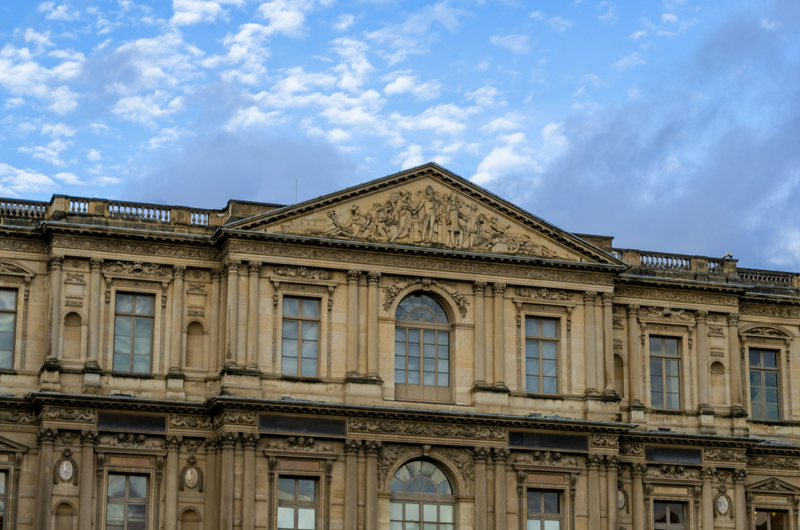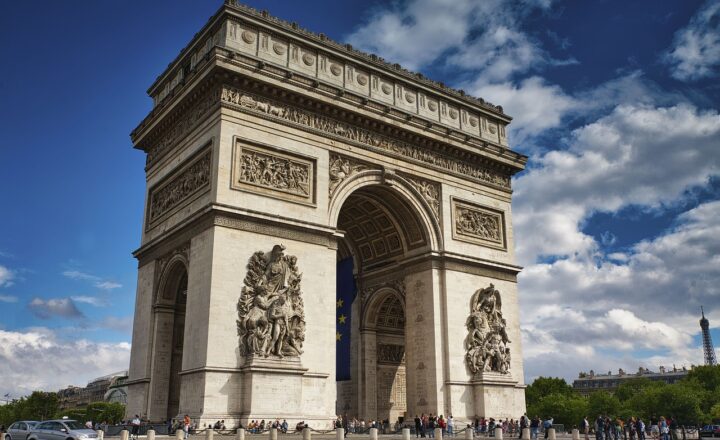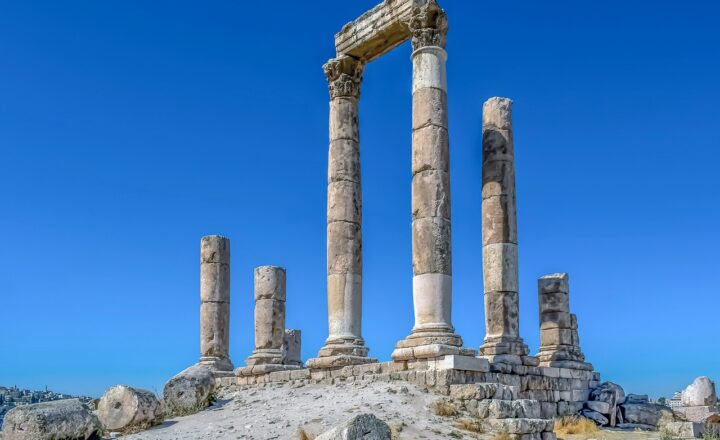The Louvre’s Architectural Evolution: From Royal Palace to Modern Masterpiece
October 17, 2024

The Louvre Museum stands as a testament not only to artistic genius but also to architectural innovation. Over eight centuries, it has transformed from a medieval fortress into the world’s most visited museum. This article delves into the architectural journey of the Louvre, exploring the historical layers, the visionaries behind its design, and the modern additions that blend harmoniously with its storied past, including the intriguing structures beneath the famous glass pyramid.
The Origins: A Fortress on the Seine
The Medieval Beginnings
- Foundation by Philip II: Built in the late 12th century to defend Paris against potential invasions.
- Design Features: Featured a moat, drawbridges, and a massive keep known as the Grosse Tour.
Archaeological Discoveries
- Preserved Foundations: Excavations in the 1980s revealed the original fortress walls.
- Visitor Experience: The Sully Wing allows visitors to walk through the ancient moat and view the fortress remains.
Transition to a Royal Residence
Charles V’s Transformation
- 14th Century Renovations: Converted the fortress into a lavish royal residence.
- Artistic Flourishes: Added gardens, galleries, and ornate decorations.
Francis I and the Renaissance Influence
- Italian Inspiration: Invited Italian artists like Leonardo da Vinci to his court.
- Architectural Enhancements: Began reconstructing the Louvre in the Renaissance style.
The Grande Galerie
- Connecting the Louvre and Tuileries: A long gallery along the Seine, used for displaying art and royal collections.
- Architectural Significance: One of the longest buildings of its time.
The Louvre Under Louis XIV
The Sun King’s Ambitions
- Expansion Plans: Commissioned architects like Louis Le Vau and Claude Perrault to enlarge the palace.
- The East Facade (Colonnade): Designed by Perrault, featuring classical columns and symmetry.
Move to Versailles
- Abandonment of the Louvre: Louis XIV moved the royal court to Versailles, leaving the Louvre for artistic and academic use.
The Birth of the Museum
French Revolution Impact
- Public Accessibility: In 1793, the Louvre officially became a museum open to the public.
- Architectural Adaptations: Spaces were redesigned to accommodate galleries and exhibition halls.
Napoleon’s Contributions
- The Napoleon Wing: Added new sections and acquired vast art collections from conquered territories.
- Arc de Triomphe du Carrousel: Erected near the Louvre as a tribute to Napoleon’s victories.
19th and 20th Century Developments
The Grand Design
- Napoleon III’s Expansion: Completed the Louvre’s square shape by connecting the north and south wings.
- Architectural Style: Embraced the Second Empire style with ornate decorations and elaborate roofs.
Restoration and Preservation
- Historical Monuments: Recognized as a significant cultural landmark, leading to preservation efforts.
- Adaptation to Modern Needs: Implemented updates for lighting, climate control, and visitor amenities without compromising historical integrity.
The Glass Pyramid: A Modern Integration
Commissioning I.M. Pei
- Modern Vision: In 1984, President François Mitterrand commissioned architect I.M. Pei to redesign the Louvre’s entrance.
- Controversial Design: The glass pyramid sparked debates over modernism versus classicism.
Architectural Features
- Structural Innovation: The pyramid stands 21.6 meters high with a square base of 35 meters, constructed with glass segments and metal poles.
- Natural Lighting: Illuminates the underground lobby and exhibition spaces.
The Underground Complex
- Expansion of Space: The pyramid serves as an entry point to expansive subterranean facilities.
- La Pyramide Inversée: An inverted pyramid skylight within the Carrousel du Louvre, adding a dramatic architectural element.
Symbolism and Acceptance
- Harmony of Old and New: The pyramid is now celebrated for blending contemporary design with historical surroundings.
- Cultural Icon: Featured in films, literature, and media, enhancing the Louvre’s global image.
Lesser-Known Architectural Highlights
The Cour Carrée
- The Oldest Part: A square courtyard surrounded by the palace’s oldest wings.
- Architectural Details: Combines Renaissance and classical elements with intricate facades.
The Richelieu Wing
- Former Ministry of Finance: Converted into museum space in the 1990s.
- Sculpture Courtyards: Houses French sculptures in glass-roofed courtyards.
The Tuileries Garden
- Historical Gardens: Originally part of the Tuileries Palace, offering open green spaces adjacent to the Louvre.
- Landscape Design: Redesigned by André Le Nôtre, famed for his work at Versailles.
The Louvre Today: Balancing Tradition and Innovation
Modern Additions and Renovations
- Louvre-Lens and Louvre Abu Dhabi: Satellite museums showcasing modern architecture while connected to the Louvre’s heritage.
- Technological Integration: Incorporating digital guides, virtual reality, and interactive exhibits.
Sustainable Architecture
- Eco-Friendly Initiatives: Implementing energy-efficient systems and sustainable materials in renovations.
- Visitor Experience: Enhancing accessibility and comfort while preserving historical aspects.
Interesting Facts About the Louvre’s Architecture
A Building Within a Building
- The Cour Visconti Roof: A modern glass and metal structure covers the Islamic Art Department, resembling a floating golden veil.
The Invisible Pyramid
- Number of Glass Panes: Contrary to the popular myth of 666 panes, the glass pyramid consists of 673 panes.
- Da Vinci Code Myth: Dan Brown’s novel perpetuated myths about the pyramid’s dimensions and symbolic meanings.
Underground Mysteries
- Archaeological Crypt: Beneath the Cour Napoléon, visitors can explore archaeological finds from the medieval and Renaissance periods.
- Ancient Foundations: The remains of the 12th-century fortress are a testament to the Louvre’s layered history.
Visiting the Architectural Marvels
Guided Architectural Tours
- Specialized Tours: Focus on the Louvre’s architectural evolution, highlighting different periods and styles.
- Expert Insights: Guides provide historical context and anecdotes about the architects and their visions.
Photography Opportunities
- Iconic Views: The juxtaposition of the glass pyramid against the classical facade offers stunning visuals.
- Night Illumination: The Louvre’s exterior lighting enhances architectural details and creates a magical atmosphere.
Conclusion
The Louvre’s architectural journey is a reflection of France’s evolving history, art, and culture. From its origins as a medieval fortress to its current status as a global museum icon, the Louvre embodies the harmonious blend of tradition and modernity. The innovative incorporation of the glass pyramid and the underground expansions demonstrate a commitment to preserving the past while embracing the future. Exploring the Louvre’s architecture offers a unique lens through which to appreciate not only the art within but the artistry of the building itself.







